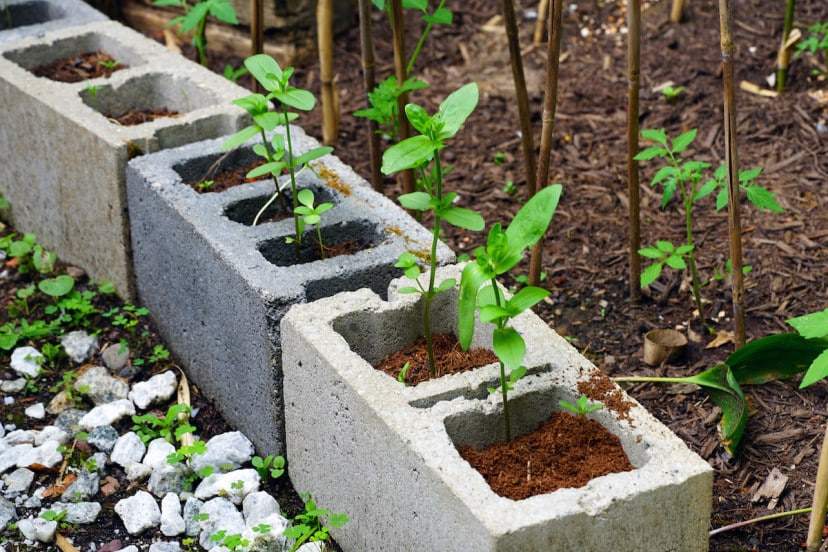Cinder blocks are building materials made from concrete, sand and sometimes gypsum.
They are typically used for construction projects such as foundations, walls, and patios.
This is because cinder blocks are lightweight and easier to work with than building materials.
Such as poured concrete or brick and mortar.
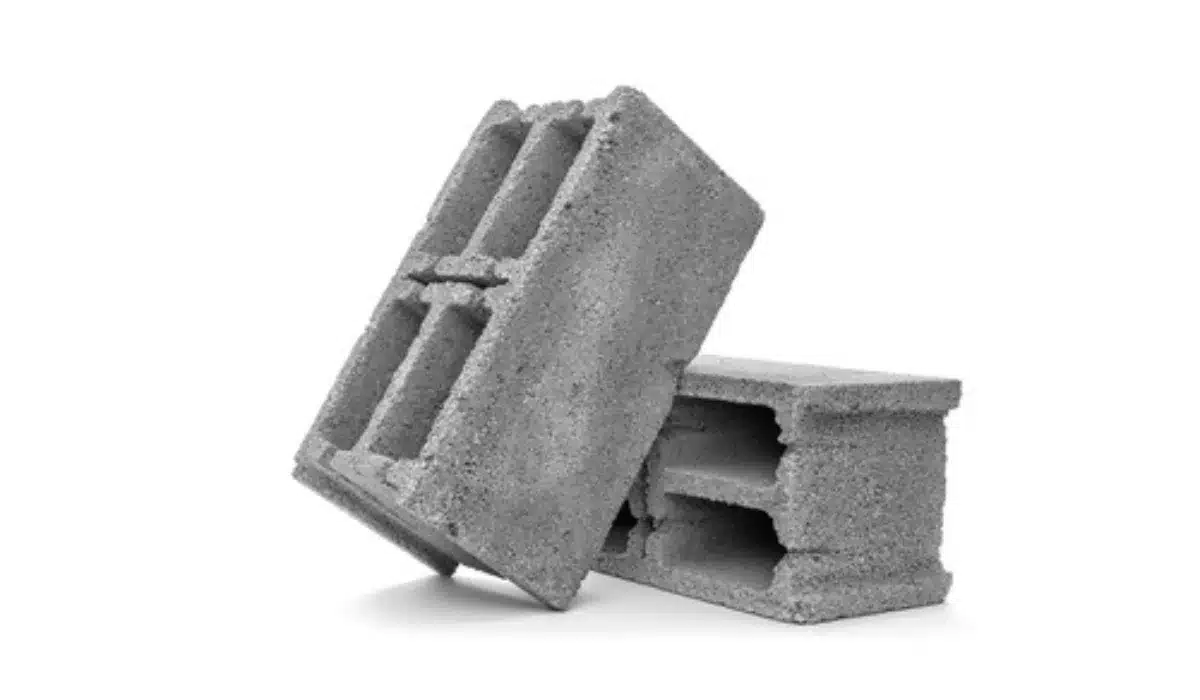
Components of cinder blocks
Cinder blocks contain four main components: Portland cement, water, sand, and coal fly ash or coal ash.
It provides the structure that holds other components together and adds strength and durability to the final product.
Portland cement binds all components together while providing additional strength and stability.
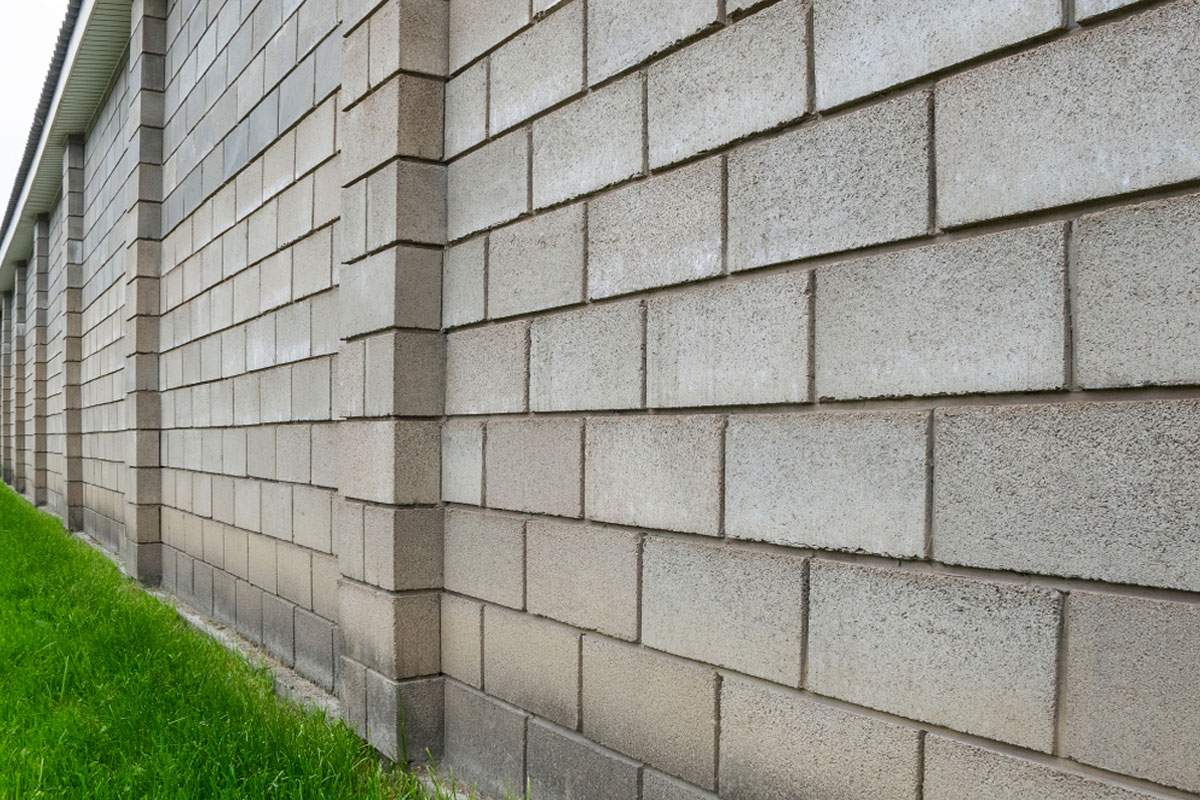
The water allows the Portland cement to combine with the other ingredients to form a solid bond within the cinder block.
Finally, sand helps fill any gaps between ingredients for a denser mass.
It can bear more pressure and weight when used in construction.
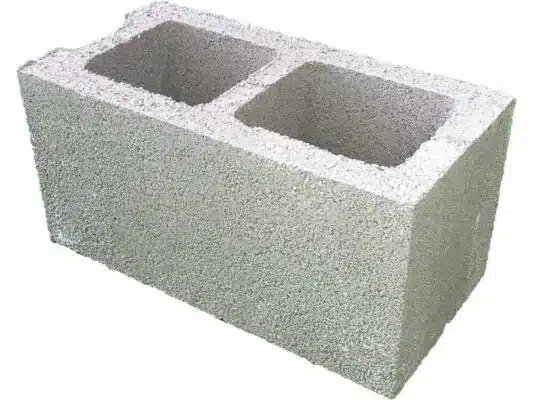
Cinder block sizes
Cinder block size depends on intended use;
Standard sizes range from 4 x 8 x 16 inches to 12 x 24 x 32 inches.
Cinder blocks come in different colors, textures,
shapes and sizes to suit different needs in construction projects.
It also has many faces that can be split and cut into different shapes to accommodate specific designs.
In addition to its strength properties, it is cost-effective compared to other building materials.
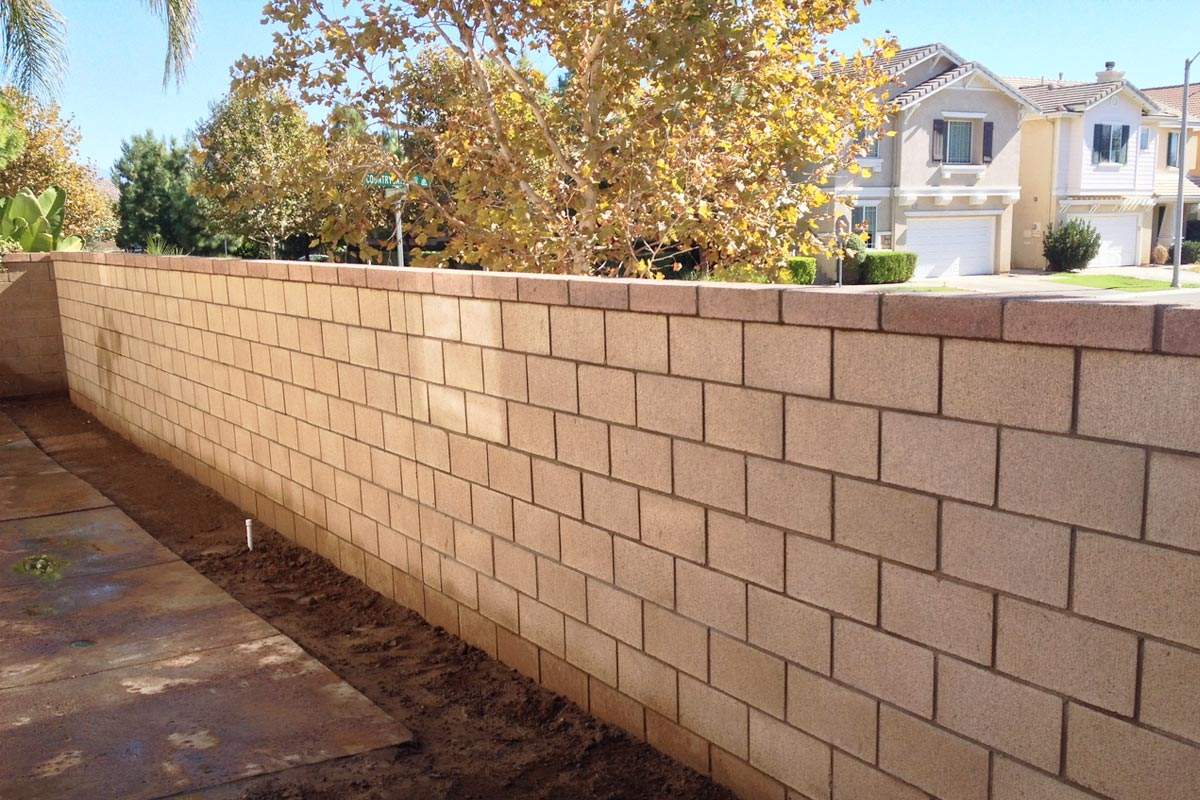
Manufacture of cinder blocks
Ash blocks are made from a mixture of coal ash and water.
After the mixture is poured and shaped into a mould,
It is processed and heated with steam to give it a harder and denser structure.
So that the resulting product is lighter and provides better sound insulation
and absorption compared to traditional concrete blocks.

Forms of cinder blocks
Cinder blocks are usually gray in color and have a rough texture,
and are considered much lighter than concrete blocks, typically weighing about two pounds.
So cinder blocks are much easier to handle, cut and transport,
Making it the perfect choice for small or do-it-yourself projects.
Conclusion
Cinder blocks are lighter and provide better sound insulation and absorption properties,
While concrete blocks are heavier and more suitable for carrying heavy loads.
Ultimately, material selection should depend on your specific project needs.

